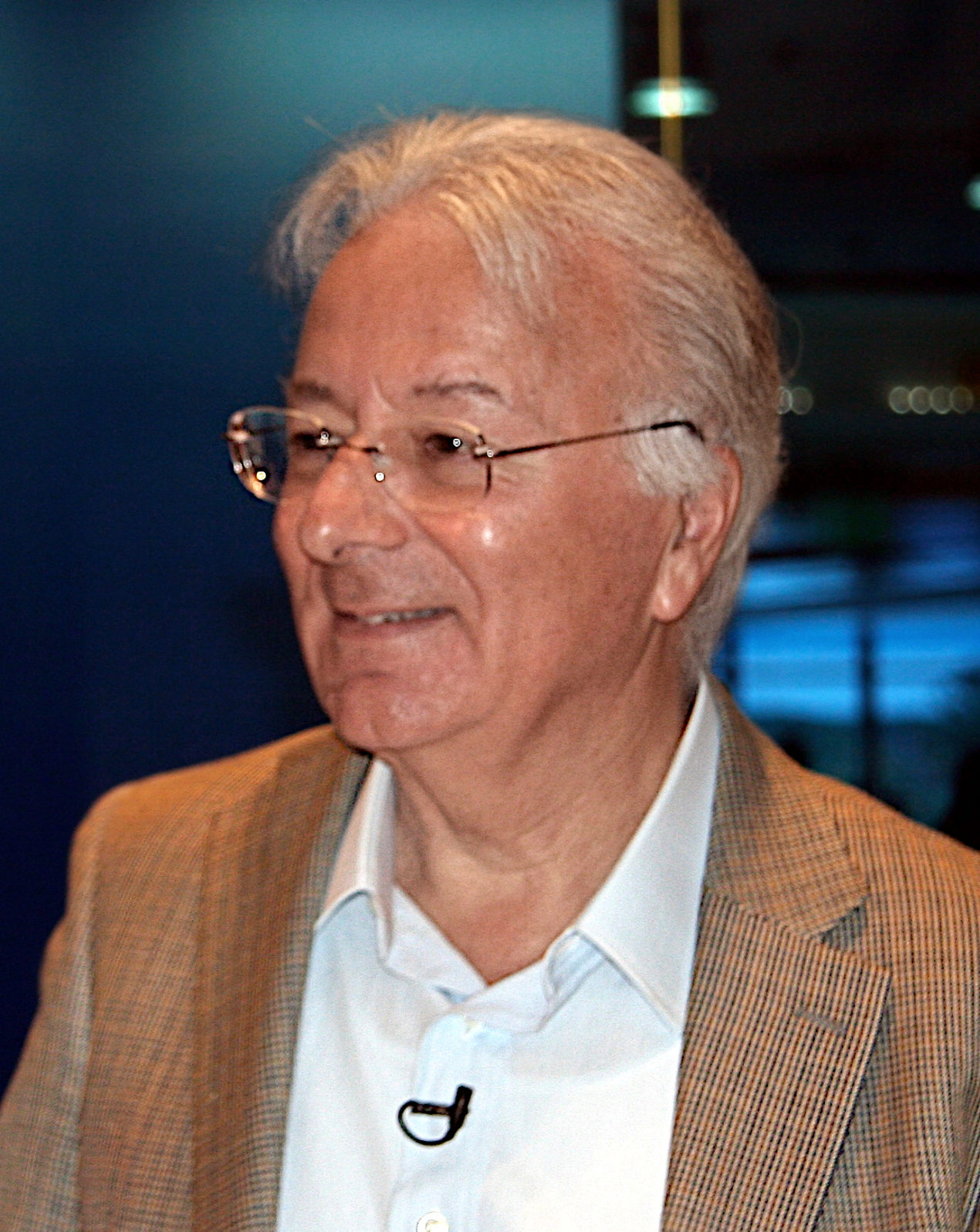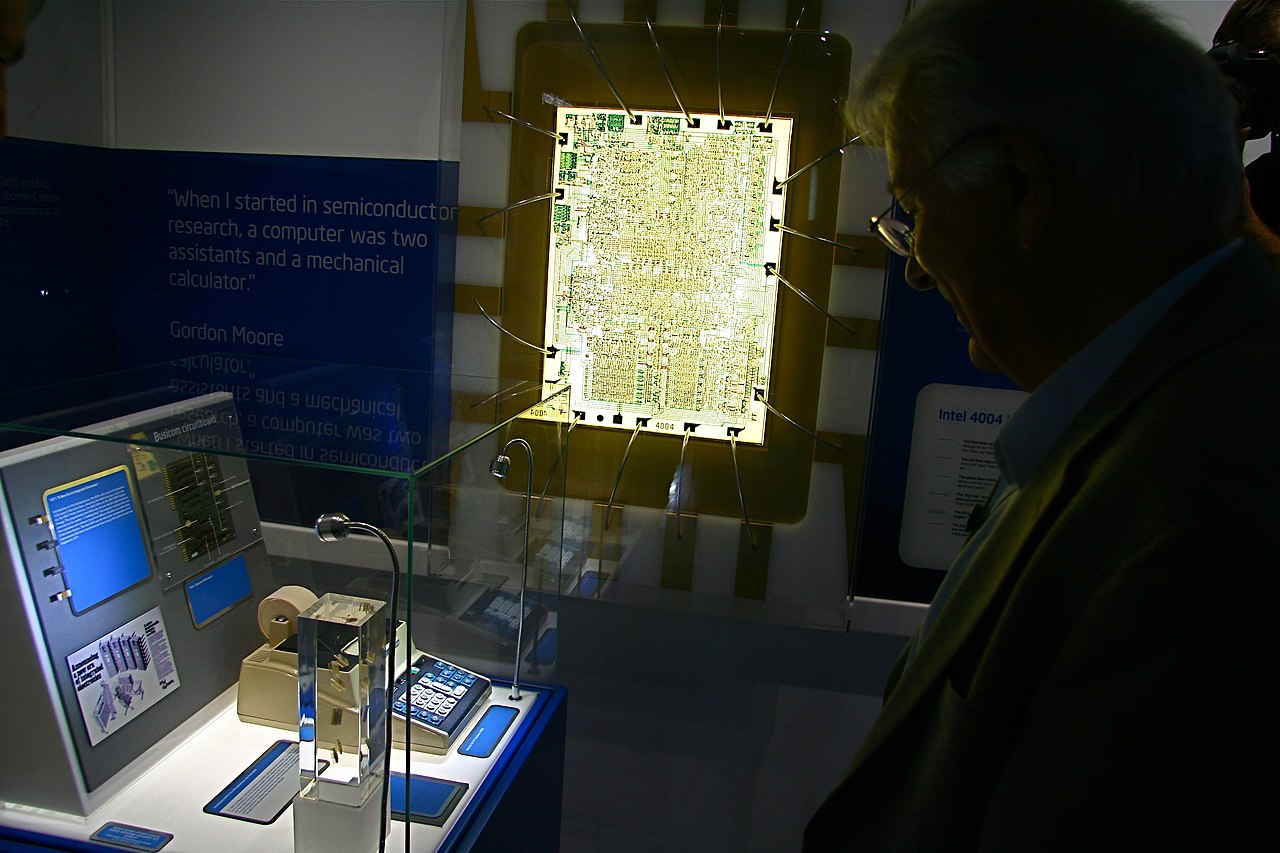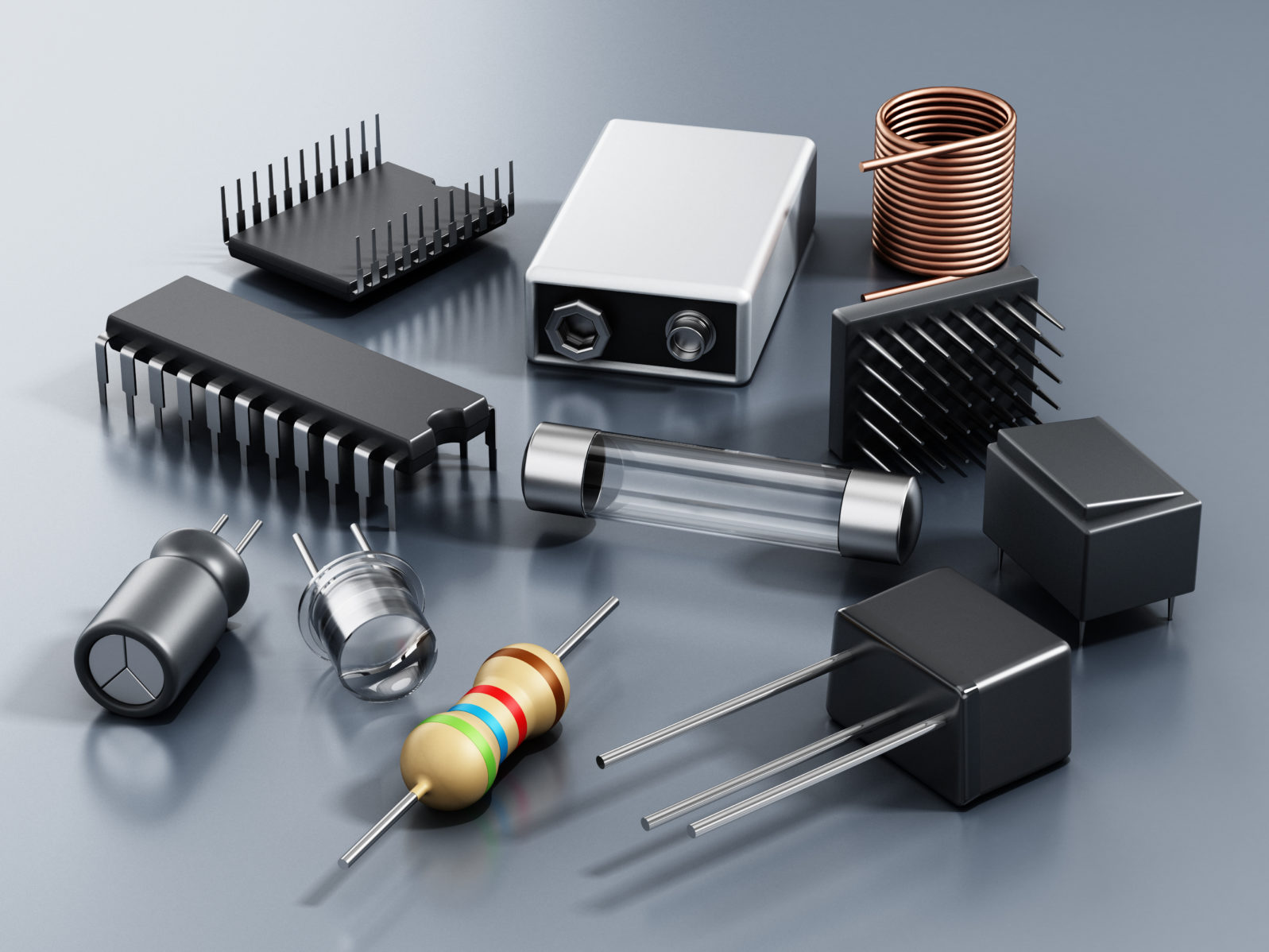How Federico Faggin Put the Computer’s Brain on a Chip
In the Marvel Universe, a story like this would, of course, start with a portentous meeting of top AI brains in a secret mountain stronghold, holding the world’s future in their hands…
Federico Faggin, one of the inventors of the microprocessor, will be speaking at COSM 2022 (November 9–11 in Seattle). He was leader of the team that developed the Intel 4004, the world’s first commercial microprocessor — essentially, the brains of the affordable modern computer. A few key microchips have replaced the complex, room-size computers of the mid-twentieth century. In a sense, he is one reason why so many people worldwide can afford electronics today.
Go here to get the Early Adopter rate before September 15.
In the Marvel Universe, a story like this would, of course, start with a portentous meeting of top AI brains in a secret mountain stronghold, holding the world’s future in their hands…
This isn’t the Marvel Universe. As IEEE Spectrum recounts,
… in fact, the 4004 was an understaffed side project, a crash job that nearly crashed, one simply intended to drum up some cash while Intel developed its real product line, memory chips…
So why did Intel, founded just a few years earlier, in 1968, cross the finish line first? It was largely thanks to four engineers, one of whom didn’t even work for the company…
In fact, there was no one at Intel who could take on the job, as the company was then focused on developing memory chips. Finally, Intel made one of the great hires of all time and introduced the fourth critical person in this story: Frederico Faggin, a young engineer uniquely suited to the job. At the start of his career, Faggin had designed and built a computer from scratch for Olivetti, in Italy.
Stephen Cass, “Chip Hall of Fame: Intel 4004 Microprocessor The first CPU-on-a-chip was a shoestring crash project” at IEEE Spectrum (July 2, 2018)
In Faggin’s own account of the project, when he saw the schedule in April 1970, “My jaw dropped: I had less than six months to design four chips, one of which, the CPU, was at the boundary of what was possible.”

/Intel Free Press (CC BY-SA 2.0)
Yet many 70 to 80-hour work weeks later, in November 1971, Intel was out buying ads for the 4004: As Cass puts it, “‘Announcing a new era of integrated electronics,’ blared the ad copy — a rare case of absolute truth in advertising.”
Faggin and three other engineers had indeed found a way to put the “brains” of the machine on a single chip, a microprocessor.
As noted at NPR last year (the fiftieth anniversary):
FAGGIN: The floodgates opened, so to speak. You know, because then you could make computers that were much smaller, cheaper.
KING [host]: Smaller because a single chip could handle the work that a dozen chips used to do. And cheaper – the 4004 only cost 60 bucks when it launched. That means you could build a basic computer for a few hundred dollars instead of thousands of dollars.
“Morning Listen”, “5 decades ago, Intel unveiled the first commercially available microprocessor” at NPR (November 15, 2021)
As ExtremeTech puts it:
Chips like the 4004 and the 8008 (as well as various CPUs from Intel’s competitors like the somewhat later 6502) demonstrated that there was a burgeoning market for small microprocessors that were nowhere near as powerful — or as expensive — as the mainframe-class hardware available at the time from companies like IBM.
Joel Hruska, “First Mover: Intel’s 4-bit 4004 CPU Turns 50” at ExtremeTech (November 15, 2021)
Faggin’s work did not go unrecognized. He won the Kyoto Prize (1997) and the US National Medal of Technology and Innovation (2009): “For the conception, design and application of the first microprocessor, which was commercially adopted and became the universal building block of digital electronic systems, significantly impacting the global economy and people’s day-to-day lives.”
COSM 2022 (November 9–11), where Faggin will be speaking — at the Bellevue Hyatt in Seattle — is an exclusive national summit on the converging technologies that are remaking the world as we know it — artificial intelligence, 5G and WiFi6, blockchain, cloud computing, space flight. It would be a great chance to ask Faggin what he thinks the next great innovations will or should be. Remember, register here before September 15 to get the Early Adopter discount.
—
You may also wish to read: Software pioneer David Gelernter will also be speaking at COSM 2022: Gelernter, a Yale computer prof, is known for thinking through problems from a NON-Silicon Valley-elite perspective. He argues, “The emotional subtext of human communication is crucial to human thought … Too many computer scientists don’t understand this.”
